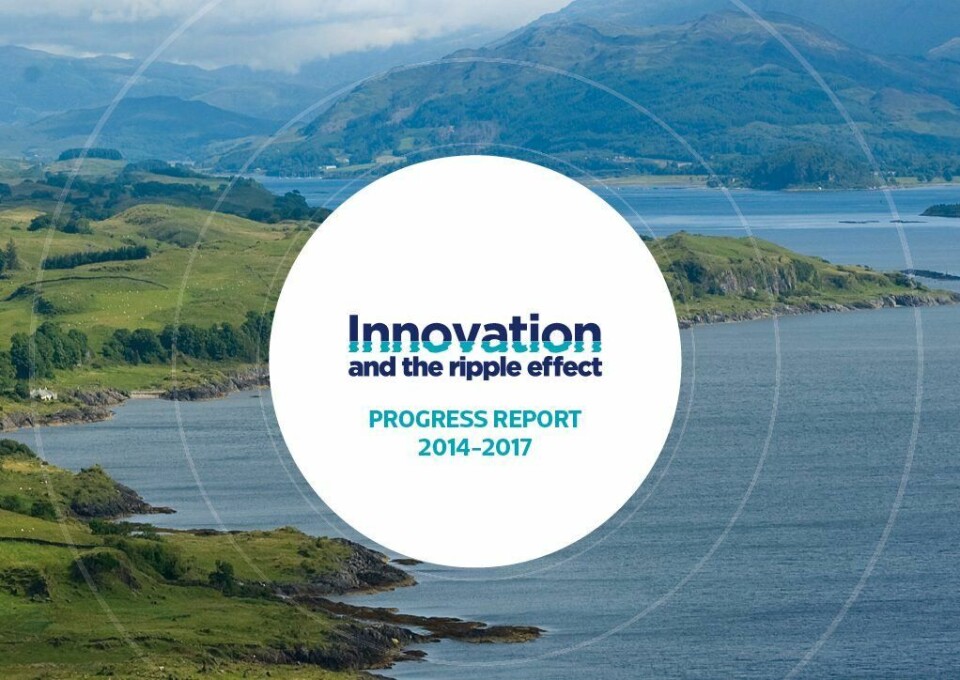
Innovation centre targets gill health
Three new projects focusing on gill health have been highlighted in a new report on the work of the Scottish Aquaculture Innovation Centre (SAIC) published today.
A project on improving disease resistance in Atlantic salmon and rainbow trout, and what SAIC describes as a “significant new modelling project benefiting industry and regulators alike” are also in the pipeline.
Together, the five new projects, which are co-funded by SAIC, are worth £6.1 million.
SAIC’s report, Innovation and The Ripple Effect, lists the progress it has made since its inception in 2014.
The innovation centre has facilitated 16 collaborative projects with a combined investment of £17.9 million, delivering £3.60 for every £1 of public money.
Commenting on the report, Fergus Ewing MSP, Cabinet Secretary for the Rural Economy and Connectivity said: “Scotland is a country famous for innovation. This report from the Scottish Aquaculture Innovation Centre demonstrates that their work facilitating collaborations between industry and academia is already reaping rewards.
“Aquaculture in Scotland contributes more than £1.8 billion annually to our economy. The optimism and potential for the future is substantial. Already businesses working across the supply chain provide high value jobs, with investment in local communities, from Shetland to Stranraer. I’m confident that SAIC will continue to be instrumental to making that happen.”

SAIC chief executive Heather Jones said: “Working with our industry and academic collaborators, we’ve had some great successes but obviously the work doesn’t stop there.
“Innovation is imperative to progress. By connecting talent from our top class university sector with industry trailblazers, SAIC supports the ambitious growth strategy of Scotland’s fish and shellfish farmers to deliver more than £3.6bn to the Scottish economy by 2030, generating up to 18,000 jobs.
“Like innovation itself, the effects of our activities ripple far and wide, way beyond our own core remit. We look forward to the ripple effects of innovation extending over time to be good for the environment, good for inclusive economic growth, and good for young people in Scotland.”
The new projects mentioned in the report will be additional to 16 others already under way, which range from exploring ultrasound technology for salmon delousing to piloting a commercial mussel hatchery.
SAIC has also attracted £1.76m from the European Maritime and Fisheries Fund towards trialling novel approaches to sea lice control, and is waiting for the result for a further £2.3m from EMFF to drive sustainability and increase capacity in aquaculture.
The centre has also placed a strong emphasis on creating a strong pool of industry-ready candidates for aquaculture jobs, and has launched six skills initiatives creating opportunities from undergraduate to management level. SAIC has funded 61 MSc places, provided dedicated training to 39 first-time managers, hosted 10 interns and arranged six industry-placed internships.
With SAIC’s help, 10 graduates secured 18-month industry placements and 10 were given grants to attend conferences.
SAIC has 32 industry partners and 11 academic partners.
According to the report, £3.60 has been generated for research for every £1 of public money spent. SAIC estimates its initial £16.1m five-year funding package will deliver £284m in net extra sales.
The report can be found at http://bit.ly/2CMu2i2.






















































